
Davey Coombs
PHOTOS: RICH SHEPHERD
& JEFF KARDAS

Davey Coombs
PHOTOS: RICH SHEPHERD
& JEFF KARDAS
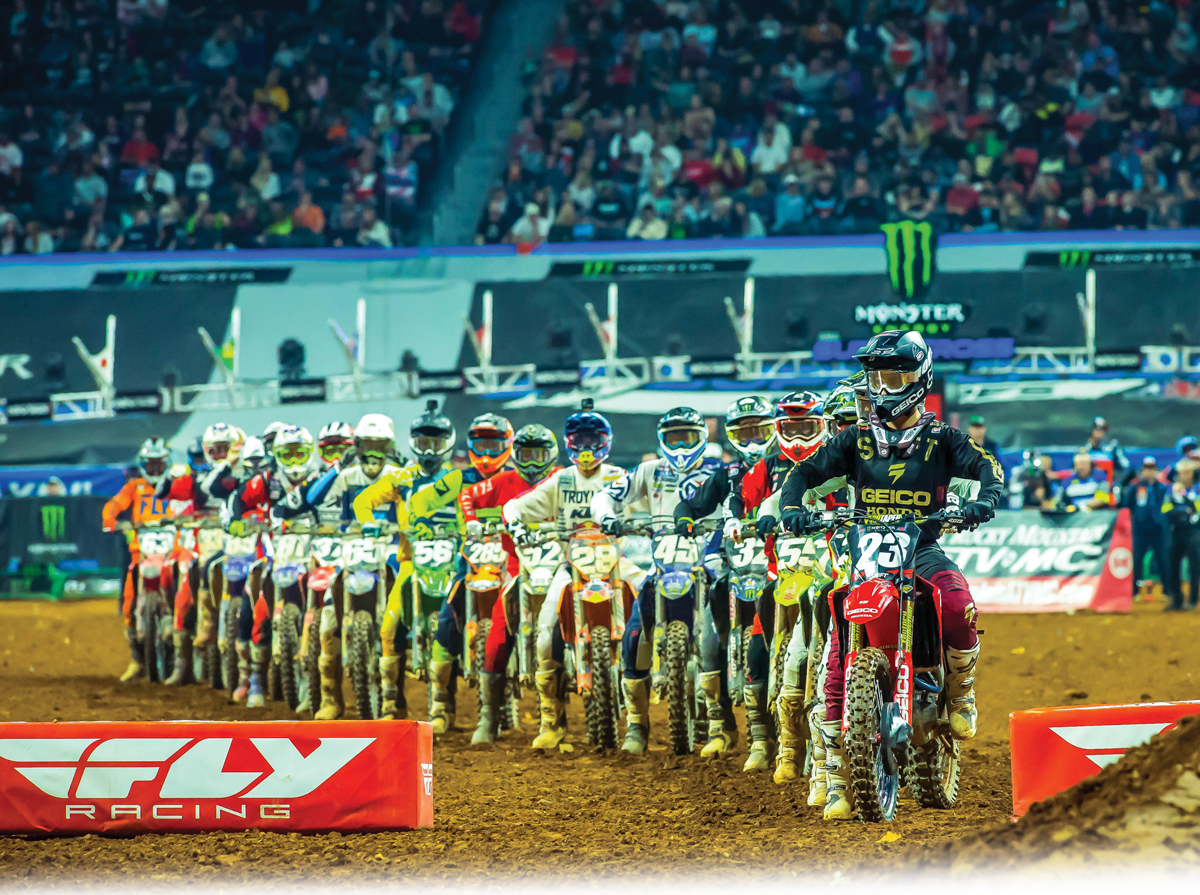

Davey Coombs
PHOTOS: RICH SHEPHERD
& JEFF KARDAS

here are a few truths about this process, especially when it comes to rough riding. First, those penalized are never going to be happy, no matter what happens. Second, there’s more to “rough riding” than penalizing a rider who hits someone’s front wheel and causes a crash. That’s too simple. On the other hand, when there are cases like Red Bull KTM’s Marvin Musquin doubling on a red cross flag at Seattle, it’s easy to open the rulebook, look at the penalty, and apply it. That night, Musquin kept his win but lost a valuable seven points. Most were satisfied with the penalty; it’s much better than the old rule where Ryan Dungey was once stripped of a win at Detroit for the same infraction.
“The rule was rewritten three years ago,” FIM race official John Gallagher explained in a recent interview with Steve Giberson of Vital MX. “We had the situation where we had the winner of a race, Dungey, jumping on a red cross flag, and he ended up losing the win. There were a lot of concerns and issues with that, not only for Ryan and his team, but the fans watching on TV and the fans in the stadium all expected Ryan to be the winner, but then after the race was done, the win was pulled from him.
“So there was an inequity of the winner losing the win compared to, say, 16th place losing 16th place for the same penalty. That’s a huge inequity.” Afterward, Feld Entertainment, as well as the AMA and FIM and the teams, decided to change the penalty to a scale of points rather than positions.
Fast-forward to Seattle. Gallagher was simply working from the rulebook when Musquin was docked seven points for his jump but kept the win. Lost in all the hoopla was what caused the flags to come out in the first place: a multi-rider crash that left veteran riders Chad Reed, Kyle Chisholm, and—most spectacularly of all—Justin Brayton down on the track. Musquin and his team could have argued that officials should have brought out a red flag and restarted the race, rather than keep the race going under red cross flags. That would have complicated matters even more.
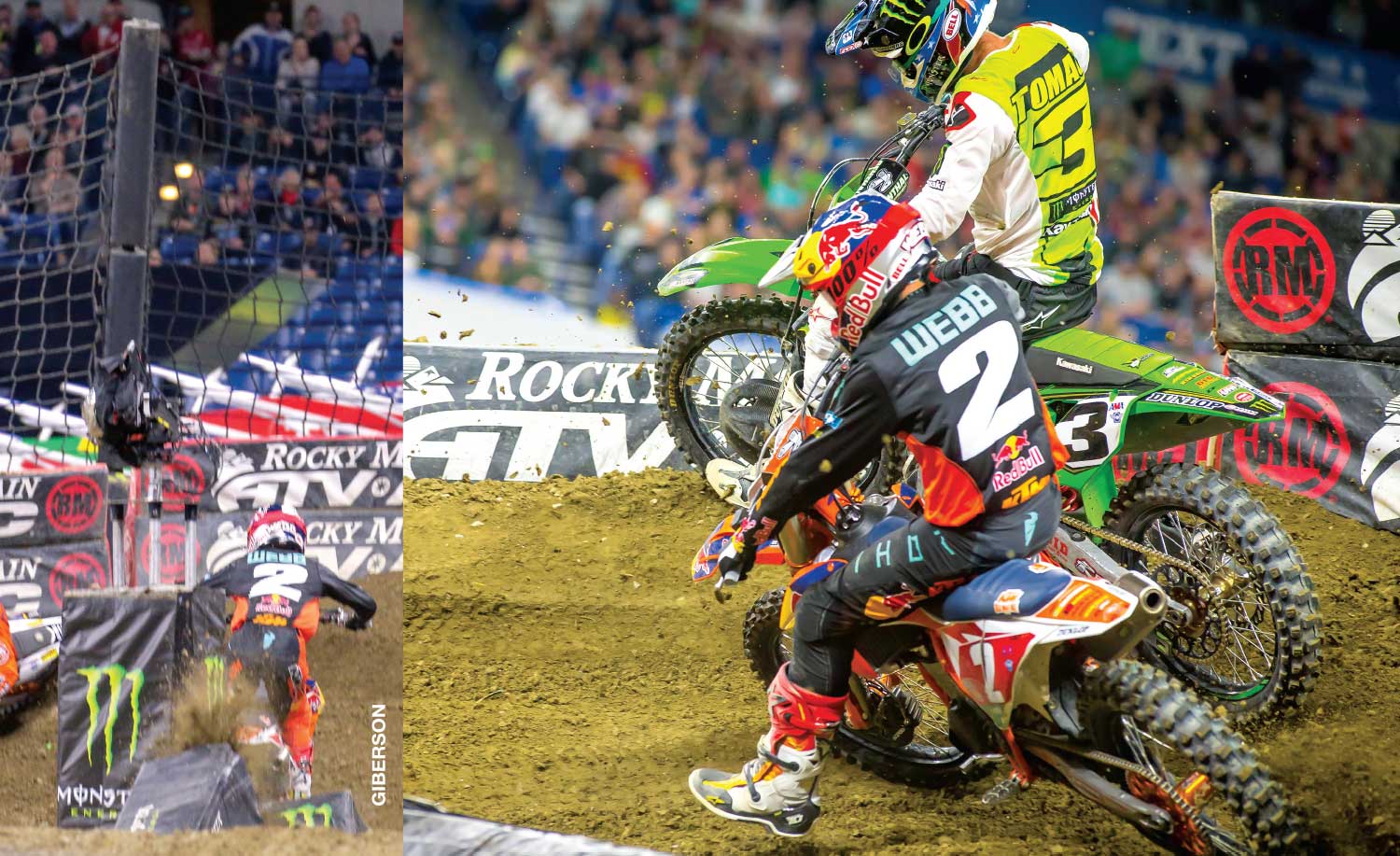
“The whole point of penalties is to change a rider’s behavior and make it clear what is not acceptable. We don’t want to take them out of the series, because that doesn’t benefit anybody—not his team nor our series. But whether it’s money or points or disqualification, that depends on the severity of the infraction, but more importantly what’s going to change that rider’s behavior.”
n Indianapolis, series frontrunner Cooper Webb cross-rutted, jumped off the inside of the track, landed on a Tuff Block but somehow saved it, then immediately passed Eli Tomac. Some claimed that Webb did not reenter the track where he went off and should have been penalized; others said it would have been impossible to reenter anywhere else.
“That was a prime example as to why that doesn’t work with supercross,” Gallagher said of the “reenter the track” conundrum. “In many cases, trying to reenter the track where you left it would be a more dangerous situation than the way the rule is written now. Reentering the track with the understanding that you are racing other competitors, and us making a subjective judgement of whether the rider’s intent was to make it right again, is better for everybody. We’re not talking about big open spaces between the lanes. In the case of Cooper, there was no space between the lanes, so there was no way he could reenter where he left the track.”

A different call was made when privateer Mathias Jorgensen ran off the track right before the triples while battling for the last transfer spot with Chris Howell. Jorgensen went around the triple at moderate speed, but he jumped back on right in front of Howell in the next corner. He was docked one position, which cost him the last spot in the main event.
different kind of call had to be made in Arlington, when privateer Kawasaki rider Tyler Bowers was disqualified for a takeout of Monster Energy Yamaha’s Justin Barcia. But then, 30 minutes later, Monster Energy/Yamalube/Star Racing Yamaha’s Mitchell Oldenburg pulled the same basic move on JGR/Yoshimura Suzuki’s Alex Martin—in the exact same corner—with no penalty given. That’s the part where many in the paddock want to know who’s calling the shots: the FIM or the AMA.
“It blows my mind how we have FIM and AMA,” Pro Circuit boss Mitch Payton says. “I understand we had to do it a long time ago, but I don’t think we should have FIM over here anymore. It’s a European sanctioning body that’s worldwide, but we’re AMA—we’re the American supercross series. Let one sanctioning body handle it.”
Part of Payton’s frustration may come from the fact that the FIM’s Gallagher was, for many years, the judge, jury, and executioner for on-track penalties. Gallagher has been in the sport for a long time and has vast experience, but inconsistency in penalties plus complaints from the pits forced a revamped discipline process.
“Starting with last season, we implemented what’s called a Race Direction that is more of a panel to make these judgments,” AMA supercross director Mike Pelletier says. “Before that, as everybody knows, John was our race director, and it rested solely on his decision. So with me coming in about two years ago, we decided to change that. Having John be the race director on the floor and also do penalties, it put a little too much pressure on him, in my opinion. So we tried to break that away and take that heat off of him but going with a three-person committee. So any penalties that come in there, Race Direction reviews it together and makes the call together.”
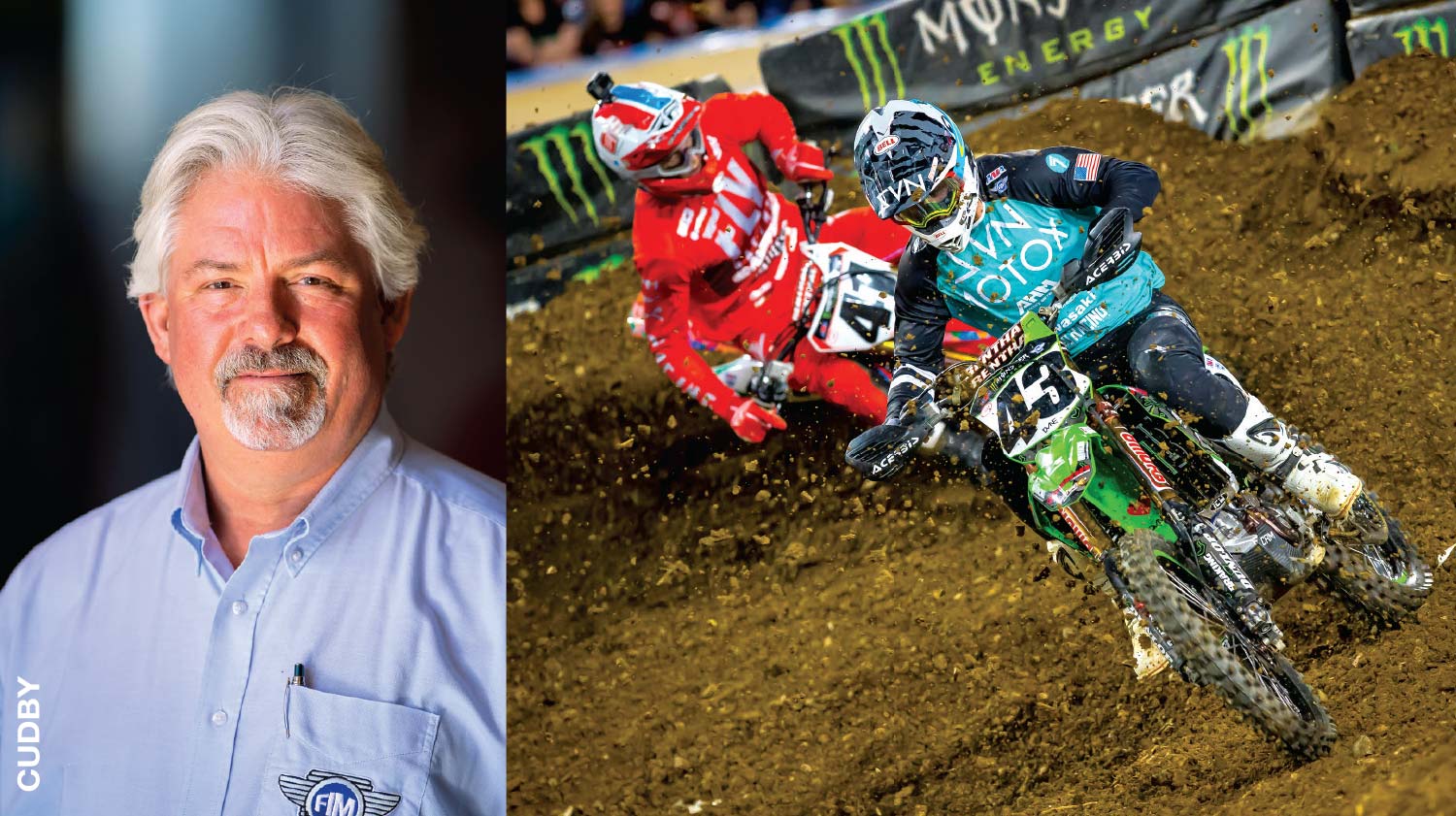
“There needs to be more consistency involved,” says Bowers—no stranger to rough riding or penalties. “There’s a certain amount of give and take with us riders out there to where we govern ourselves.”
“I think [the panel] is a better way to do it,” Payton adds. “I’m sure they’re trying—and I think it is getting a little better—but it’s just got to be consistent. So if they’re going to dish it out on one guy, it’s got to be [the same] for everybody.”
enalties for different infractions have ranged from disqualifications to points being taken away, from seconds added to automatic last gate pick. And sometimes nothing is done in response to some hellacious moves—in LCQs, for example. Mike Alessi T-boning Broc Tickle so hard one year that he dented the swingarm on Tickle’s bike? Zero penalty.
So what exactly is dirty riding, and what can you do about it? Every racer who’s been cleaned out by another rider has heard the “sorry, I missed my rear brake pedal” excuse a time or two. But sometimes that really happens!
“I definitely feel like there’s a lot of inconsistencies, but I also feel like every infraction is different,” Smartop/Bullfrog Spas/MotoConcepts Honda’s Justin Brayton says. “That’s where the inconsistencies lie. Every pass is different. Every takeout is different. Every track is different as far as the angle of a turn and stuff. I will say that it’s really hard to give penalties and be consistent with it because there [are] riders’ history and the difference in tracks.”
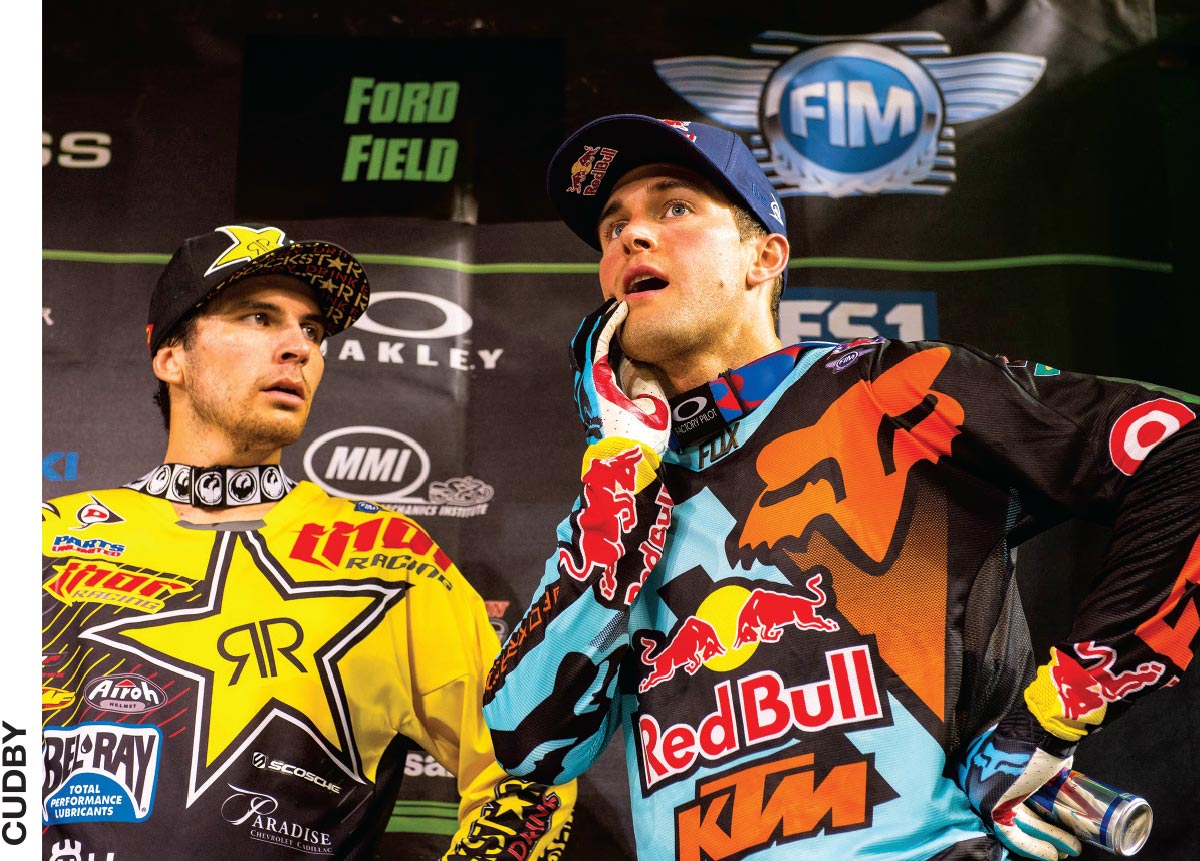
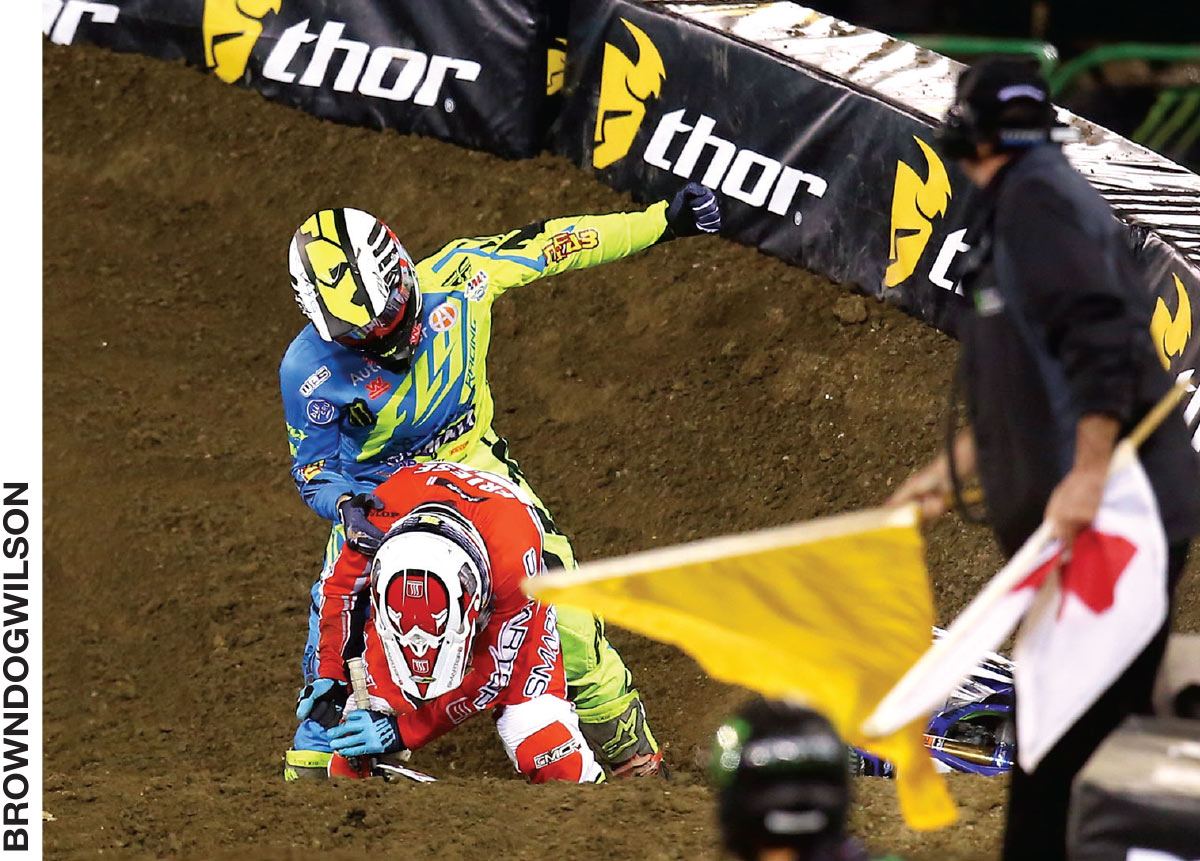
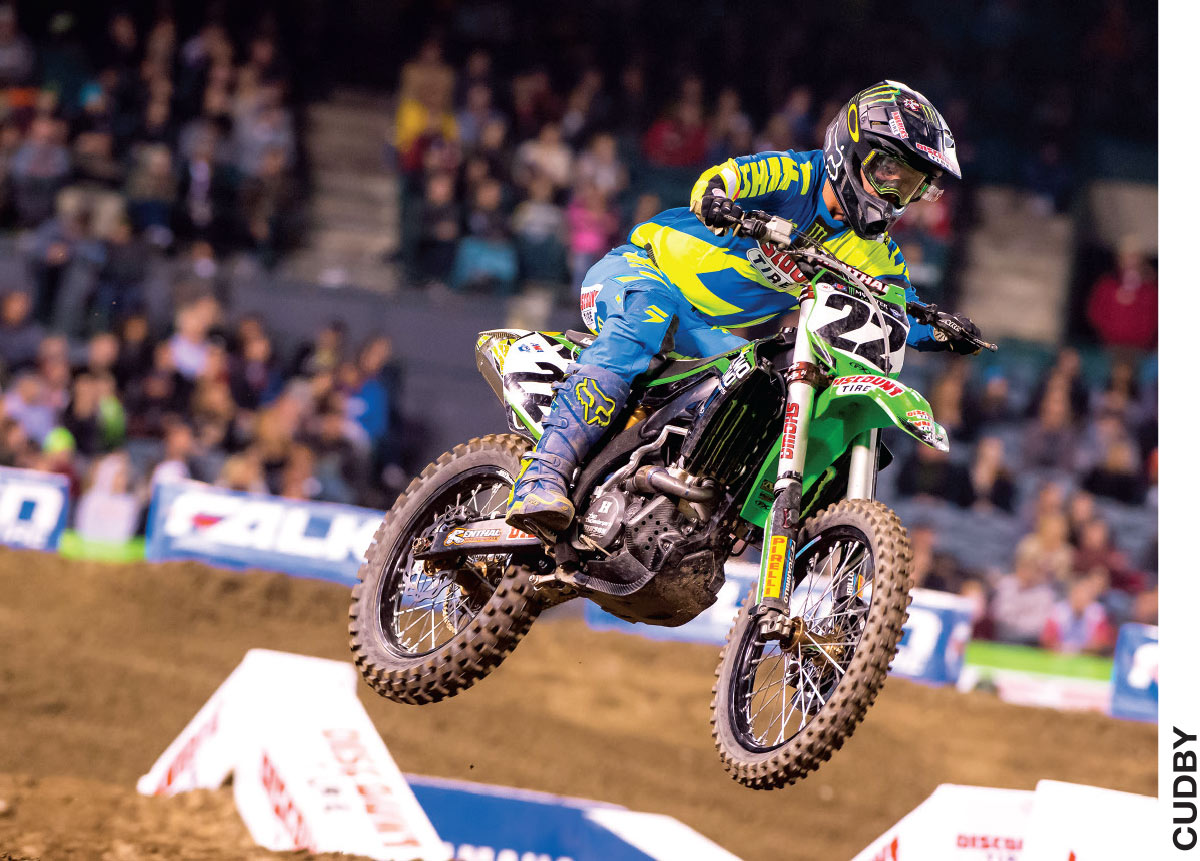
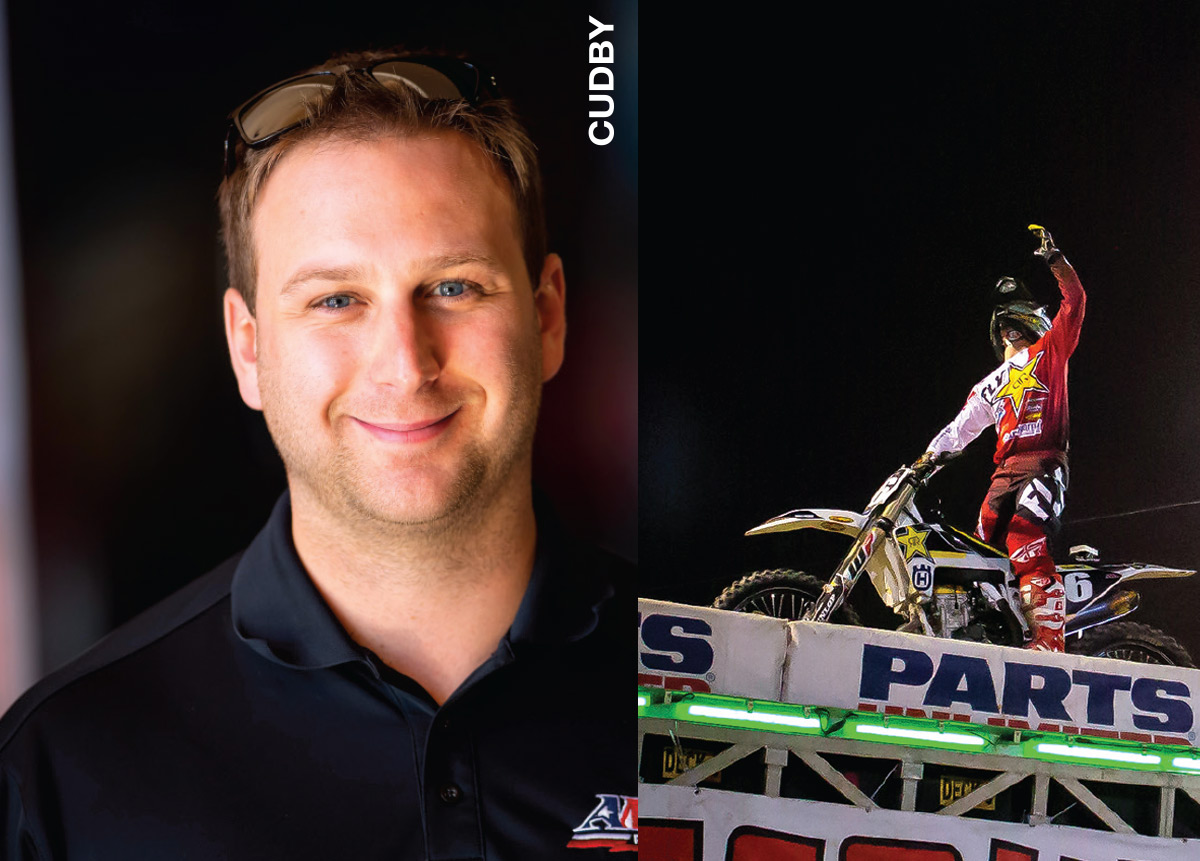
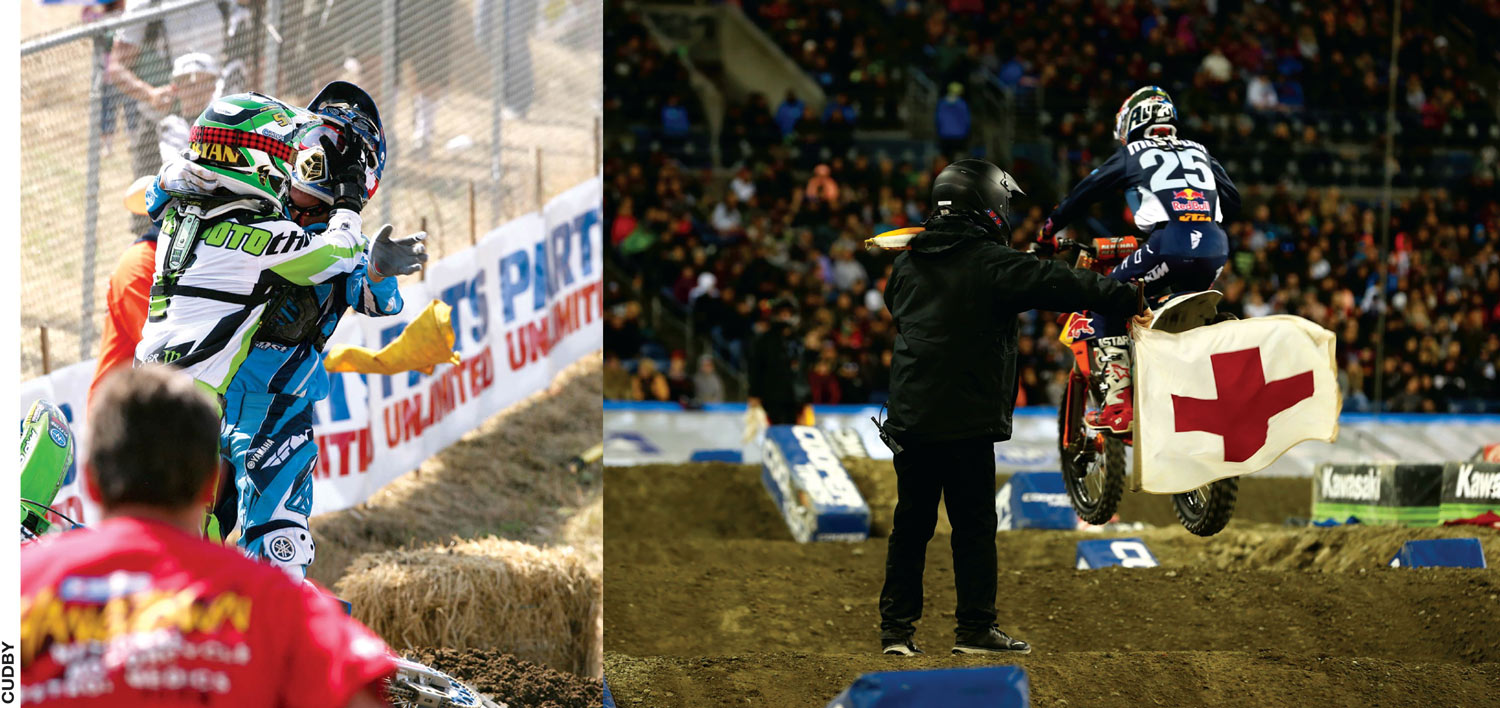




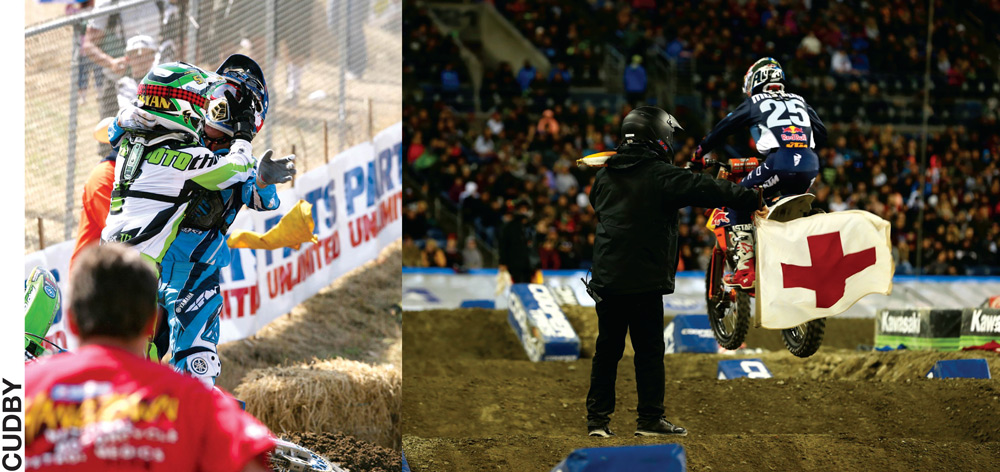
Somewhat surprisingly, Brayton—a rider who’s not known to cause any trouble on the track—thinks the sport’s gone a bit too far the other way when it comes to contact on the track.
“I think we’ve honestly gotten soft over the years,” the veteran says. “I come from arenacross, where there was really no such thing as dirty riding. To try and get by the guy in front of you, you do whatever that takes. For sure, you can’t really T-bone or launch your bike at somebody—there’s definitely a line. I feel like we should be able to race safe, but also race super hard.”
Pelletier knows he’s in a fight with a lot of skeptical riders and teams, but he’s certainly not letting that stop him from trying to help overhaul the system.
“It’s certainly progress, and I definitely think the paddock sees it,” he says. “I think I have an open attitude, and we can get more progressive here. I think we need that. But there’s a long way to go. We’re not done, for sure.” 



